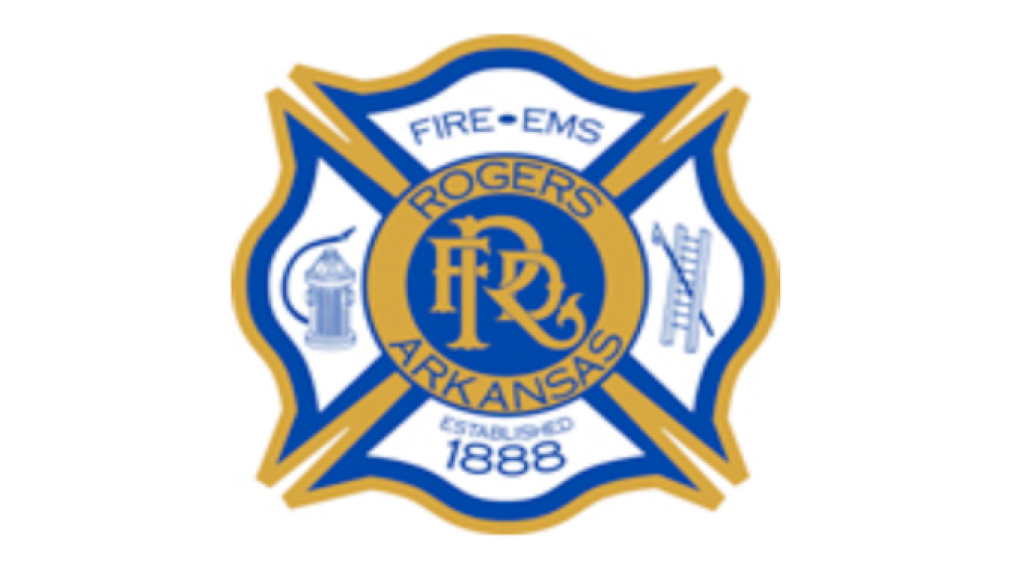
Eave Attack – Story From The Streets
We are always looking for information from the fire service as to how they are using our research. A good friend of UL's Fire Safety Research Institute (FSRI), Chief Tom Jenkins of Rogers Fire Department in Arkansas, recently shared an example of his departments use of the “Eave Attack” which was tested as part of the 2011 DHS Study on Residential Attic Fire Mitigation Tactics and Exterior Fire Spread Hazards on Fire Fighter Safety (Attic & Exterior Fires).
“In the early morning hours of February 1st, we received a first alarm for a fire in a house. A family of five had awakened to discover fire in the garage (started originally from a car that caught fire in driveway). Upon arrival, our units found heavy fire in the attic (Delta side). Normal tactics for such a fire would involve placing “big water” on the garage from a portable ground monitor (TFT blitzfire) and bringing a handline inside the front door to protect occupants and confine the fire in the attic area. Although these tactics occurred, our crews on scene have been paying close attention to the stuff coming from UL and did something additional. They stretched an additional handline to the front (Alpha) side of the residence and worked the soffit area as you did during the attic fire experiments. To the surprise of some, it worked perfectly. The fire had escalated to a second alarm, but those companies were cancelled upon arrival. In short, a small tactical change saved property and limited the exposure of our firefighters to IDLH conditions.”

Photo 1 illustrates the single-family ranch style home with a covered carport on the delta side. Some background information provided by Chief Jenkins.
“This is a single-story wood-frame residence with a basement. The living area of the residence is approximately 2,700 square feet. The original assignment included three engines, a ladder, a paramedic ambulance and a battalion chief. Companies arrived to find heavy fire in the garage area extending into the attic/roof assembly.”
Photo 2 shows the location where the eave attack was preformed just to the right of the side A entrance door. Photo 3 shows the extent of damage in the garage area where the roof has burned away and collapsed.

“A 1.75” preconnected hoseline was deployed and successfully extinguished the attic fire. A noticeable difference between the right and left sides of the picture.”
The end result was less property damage and a safer approach to fire attack. Photo 4 illustrates the impact the tactic had with regards to structural collapse. The portion of the house to the right of the eave attack location completely burned away whereas the portion to the left remains intact.

The “Eave Attack” is a tactic which involves using the space created by the rafters between roof sheathing and the top of the exterior wall for the application of water (Eave Attack Video). Although the data is still being analyzed, from an initial review it appears to be the most effective of the tactic at knocking down the fire and preventing regrowth. Wetting/cooling the surface of the material makes the difference between temporary gas cooling and control and extinguishment.


